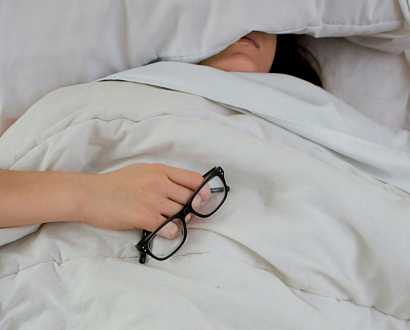Of 36 countries surveyed on work-life balance by the OECD, Australia ranks near the bottom, at number 29. This is below the US, and only slightly above Iceland.
There is an increasing awareness among Australians that we need to make time for family and other personal events; but how do we do this? Even with the implementation of initiatives such as Go Home on Time Day, it seems work-life balance is something that many of us Aussies still need to learn.
Just like we make time to sleep and eat each day, we also need to value and prioritise exercise and family time, With a few small adjustments and the right frame of mind, anyone can make vast improvements to their work-life balance.
Top tips for achieving a great work-life balance
- Change your hours: If working from home allows you to drop your kids at school, discuss with your manager whether you can do this one day a week. Or if going to work early gives you more time to spend with your spouse in the evenings, incorporate this in to your daily routine.
- Get better at time management: If you’re in the office, focus 100% on the tasks at hand. This helps you to finish on schedule and subsequently leave work on time. Conversely, if you’re at home, make sure you are present and engaged – there is no benefit in stressing about work instead of spending quality time with your family.
- Use a time tracking app: Apps like Toggl are a great way to monitor and track your time. As an example, Toggl points out where you’re spending your hours and helps you to remain focused on the most important tasks for the day.
- Don’t be afraid to delegate: Don’t waste time doing small tasks you can delegate to others.
- Don’t say yes to everyone: You might want to get involved in every new project that comes to your office door, but if your plate is already full, learn to say no.
- Look after yourself: Exercising and eating well is important to maintain your health, keep your energy levels high, and reduce your stress levels. Don’t skip meals, and make sure you get sufficient sleep each night. Get in to an exercise routine that suits your day – try working out in the early morning so that you can kick-start your day with an endorphin rush.
- Monitor your energy levels: You’ll notice times during the day were you are proactive, active and not active. Try to identify the times when you are proactive, and allocate that time of day to more difficult tasks. Similarly, schedule less taxing or mundane tasks during your slump times – which, for a lot of people, occur mid-afternoon.
- Put social events in your calendar: Discover what recharges and reinvigorates you, and schedule these events into your calendar. Whether it’s catching up with friends or spending time working on a hobby, setting aside time for yourself will help you attain
- Step away from technology: Having your phones continuously in your hand can make it difficult for you to switch off and have some down time. Consciously make a decision to turn off the technology around you at a certain time of day, and ban your phone from the bedroom for a better night’s sleep.
By making a conscious decision to implement some small changes into your routine, you’ll be one step closer to achieving a better work-life balance.







